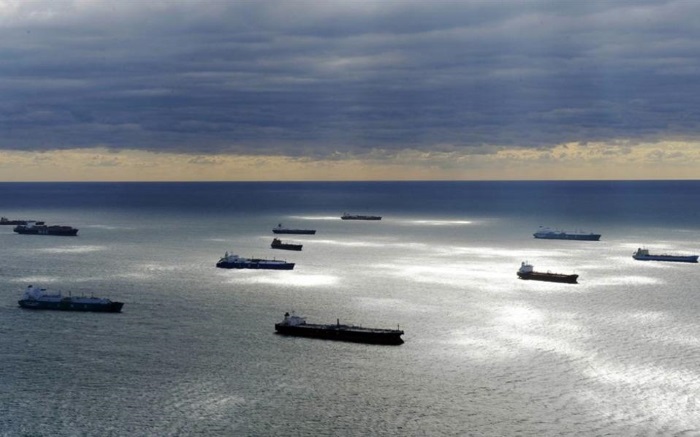When the M/V Dali had an allision with Baltimore’s Francis Scott Key Bridge at eight knots, the 116,000 deadweight tonne ship hit with explosive force. This tragedy left six bridge workers dead, an economically essential port closed, and the entire maritime sector under scrutiny.
Commercial shipping transports over 80 percent of the world’s trade, valued at $14 trillion. The global fleet is estimated at 120,000 vessels, of which five percent are container vessels.
After the Exxon Valdez accident in 1989 in Alaska’s Prince William Sound, the Oil Pollution Act of 1990 was enacted. This act mandated tug escorts for laden tankers in Alaska, and soon after that, the states of Washington and California required tanker escorts in their waterways.
As the San Francisco Bay Area stakeholders met, there were serious concerns about tankers transiting the bay’s extreme tidal environment and eight bridges. But the remedy was easy: all tankers would require tugboat escorts of two or more boats based on deadweight tonnage. The only debate was whether twin-screws or tractor tugs met the OPA90 mandate of “best achievable technology.
Recently, ships have stuck bridges in China and Argentina, and the industry is again reminded of the freighter ramming the Tampa Bay Skyway Bridge in 1980, killing 35 people as trucks, cars, and a Greyhound bus fell 150 feet into the bay.
The heroic efforts of two marine pilots on the M/V Dali, who made a mayday call and dropped the ship’s anchor, will not be soon forgotten. But had they been able to radio their tug escort to maneuver the ship’s course, this maritime catastrophe would not have occurred.
Tugboat escorts aren’t necessarily needed for all ships transiting all harbors, but port stakeholders and authorities already know the hazardous zones of their channels. Where there is a clear determination of potential accident areas within the harbor, such as bridges, extreme tidal zones, or terminals close to an urban population, tugboats should be deployed to escort ships for safe passage.
Source: The Maritime Executive






